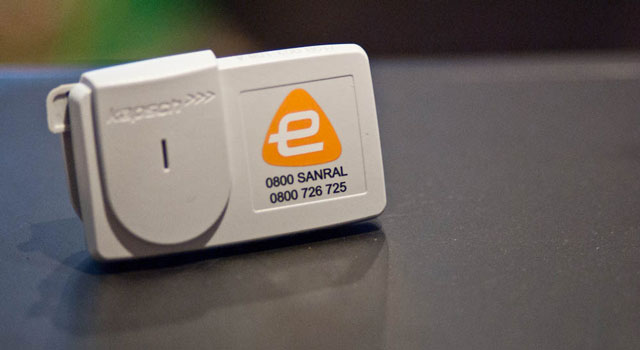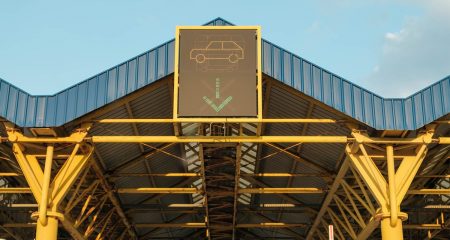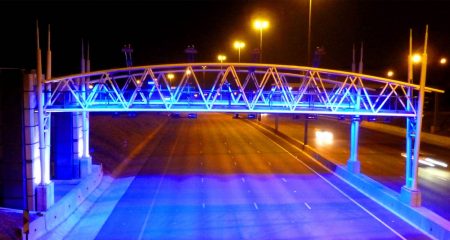
Outstanding e-toll debt has begun to prescribe as three years have passed since the controversial system became operational, roads agency Sanral has confirmed.
This means that unless road users were summonsed or formally acknowledged the debt, they would be able to defend efforts by Sanral to recover the money by raising prescription as a defence in court.
Road users at the end of September owed Sanral R6,2bn in unpaid e-tolls, Sanral said.
With every day that passes, the outstanding e-toll debt incurred on the same day three years ago, would qualify for prescription.
“Conservatively speaking, the civil claim of unpaid tolls does expire after three years unless prescription is halted,” Sanral said. “It is important to note that prescription is a defence that the debtor must raise and a court is not allowed to mero moto (out of own motion) take note of prescription.”
Sanral said it has so far “prepared 6 286 summonses” to be served by the sheriff to road users. These summonses represent R575m of outstanding toll fees. This, it says, is the first step to recover the total outstanding R6,2bn.
It is not clear how many of these summonses have in fact been served.
The roads agency, however, says that non-payment of tolls is both a criminal and civil offence in terms of the Sanral Act. Since criminal offences only prescribe after 20 years, the outstanding amounts are still recoverable, it maintains.
Sanral would therefore not quantify the financial risk posed by prescription.
Organisation Undoing Tax Abuse (Outa) chairman Wayne Duvenage is, however, sceptical about Sanral’s chances of success with criminal prosecution and asks how that will assist it in collecting the outstanding amounts.
He points out that transport minister Dipuo Peters earlier gave an undertaking that road users won’t be criminalised as a result of failing to pay e-tolls.
He further criticises Sanral’s reporting of outstanding e-tolls in its annual financial statements for 2015/2016. “The most alarming aspect of Sanral’s 2016 financial statements is the increase in trade receivables from R1,15bn in 2014 to R4,96bn in 2015 and R7,66bn in 2016. Sanral clearly continues to count unpaid e-tolls as an asset on its balance sheet, when all indications point to virtually no hope of recovering this money,” Duvenage says.
Duvenage says only one in five users pay for the use of Gauteng’s freeways and 2,9m unique road users are in default. Nevertheless, “there appears to be no acknowledgement in Sanral’s annual report that the scheme has largely failed in achieving its aim to repay the debt borrowed for the upgrade”.
This comes as the Less60% campaign aimed at encouraging motorists to pay their historic e-toll debts rendered only R146m in discounted total payments so far and payment agreements for a further R123m.
Since the campaign ended in May, Sanral’s income from e-tolls has varied between R61m and R71m against a forecast of R101m. The forecast was revised in May 2016. This is an under-recovery of between 29% and 39%.
Nevertheless, investors showed considerable appetite at Sanral’s last debt auction in September when the R500m requirement was more than three times oversubscribed with bids totalling R1,7bn.
“Our going concern is intact and we have sufficient cash to meet our obligation for this year and the next,” Sanral said.
- This article was originally published on Moneyweb and is used here with permission




